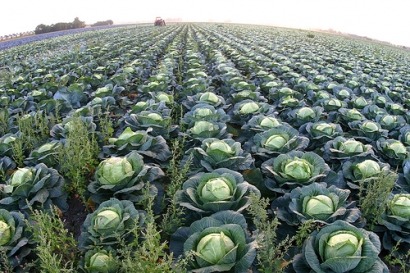
The state-of-the-art facility in south east England will process 40,000 tonnes of out of specification and by-passed vegetables to produce 11 million kilowatt hours of electricity per year. The digestate will be used to replace inorganic fertiliser, while heat will be captured for office heating and cooling in processing areas using innovative heat absorption coolers.
“The project will provide integrated power generation giving us control not only over future pricing of power, but also over power security,” commented Vernon Read, Managing Director at Staples.
Staple’s new facility is funded by the Environmental Transformation Fund – a collaboration between Defra, the Department of Energy and Climate Change and WRAP (Waste & Resources Action Programme) – which aims to increase confidence across the supply chain in anaerobic digestion as a sustainable technology,
Three further facilities will open this spring, while over 30 are in the planning stage. “It is fair to say that anaerobic digestion is now well on the way to being a tried and tested technology for the treatment of food waste in the UK,” said WRAP in a recent press statement. “As a sustainable technology, it has won approval and secured confidence from across the industry, government and consumers. And thanks to increased awareness of food waste, it’s a growing part of the solution with both local authorities and retailers alike.”
Marcus Gover, Director of Market Development at WRAP believes the market, including investors, developers and end users, should be confident of AD as a reliable, safe and profitable resource efficiency process. “We’re delighted this facility is now available in Lincolnshire and that the robust benefits of anaerobic digestion technology will be reaped not only by Staples Vegetables, but local authorities, communities and businesses across the UK as this technology becomes increasingly mainstream.”
“AD is a growing part of the resource efficiency solution, capable of reducing biodegradable waste from landfill so reducing methane emissions, creating renewable energy, stimulating the green economy and improving the sustainability of commercial agriculture," he concluded.
For additional information:

